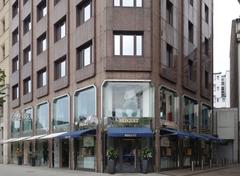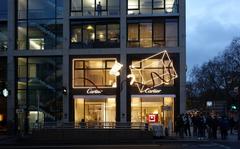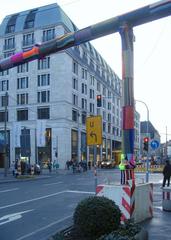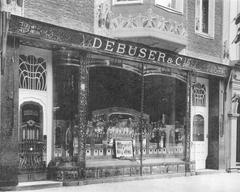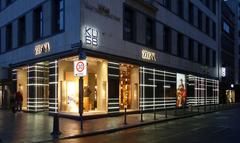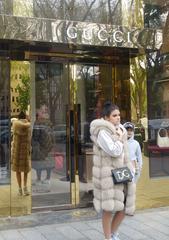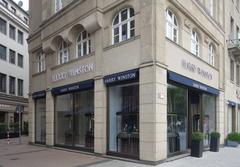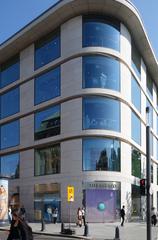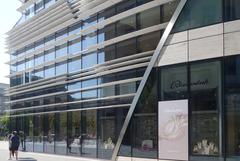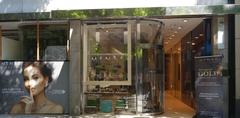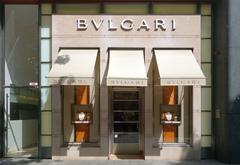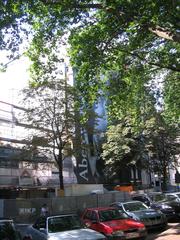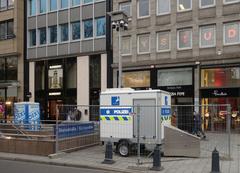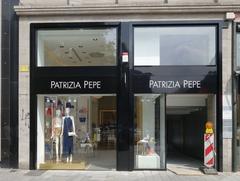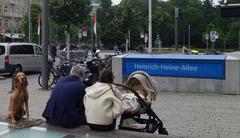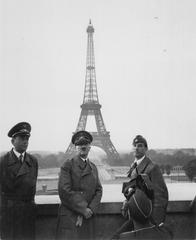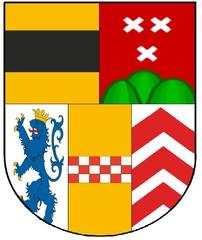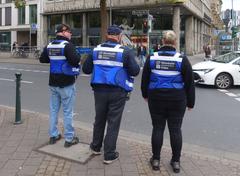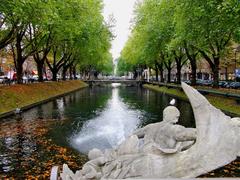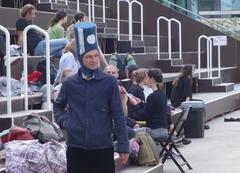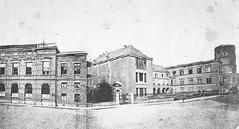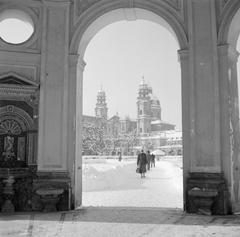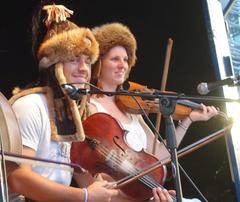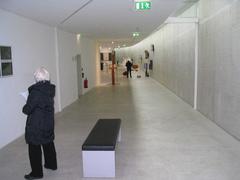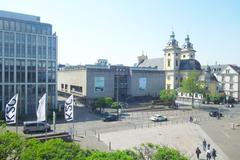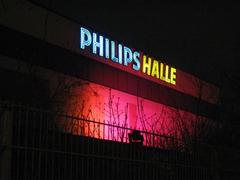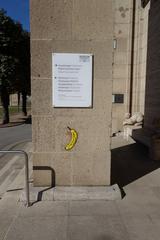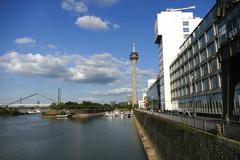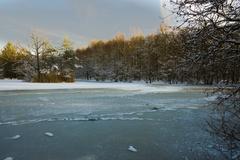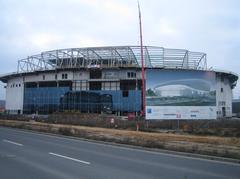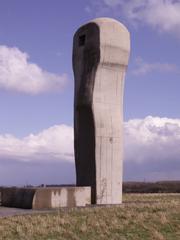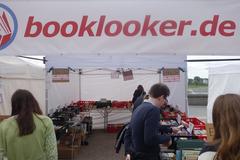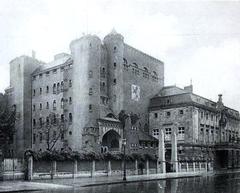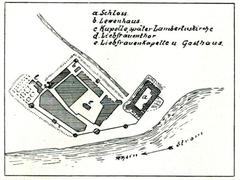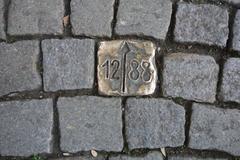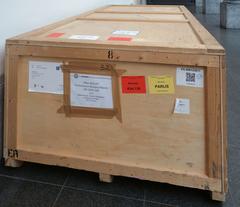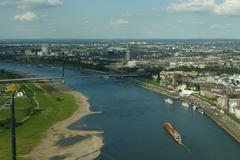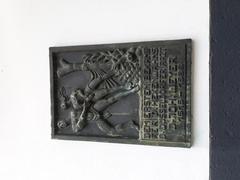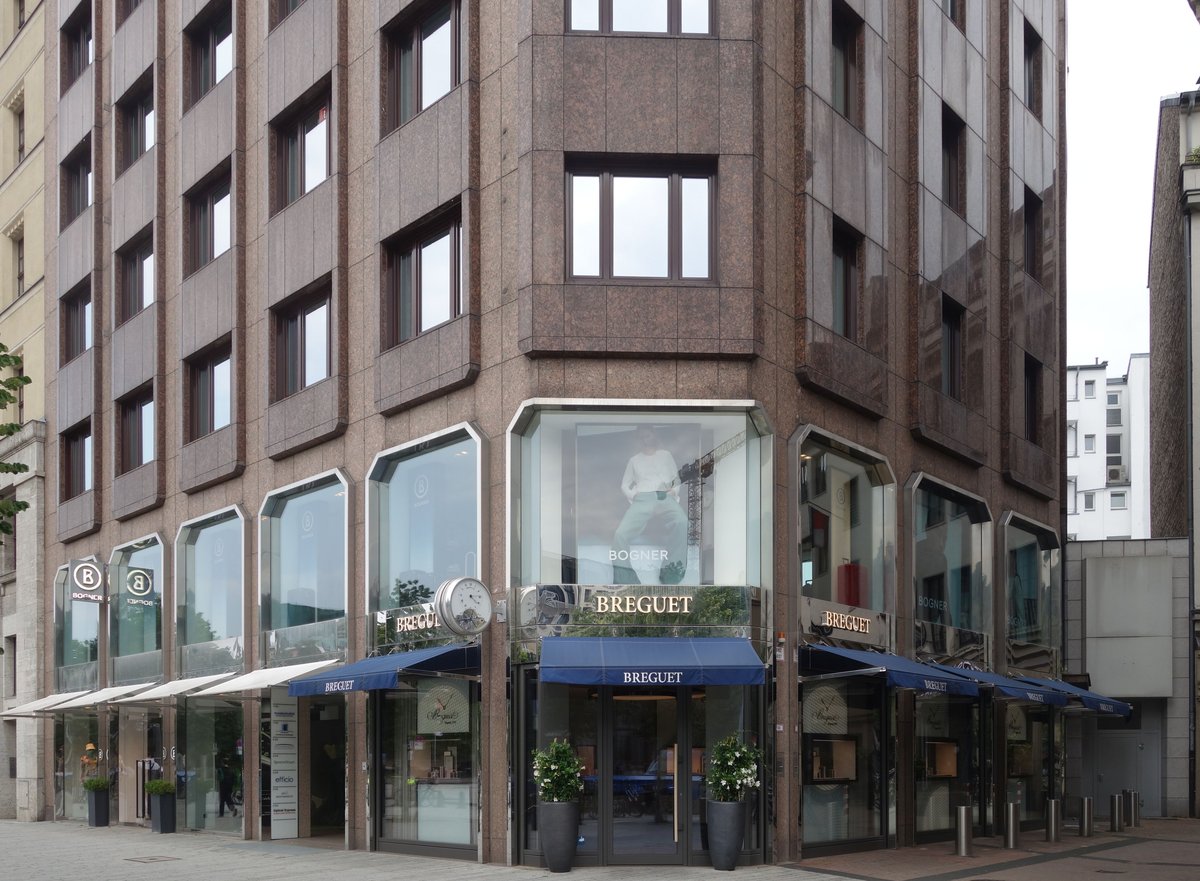
Visiting Königsallee: Hours, Tickets, and Historical Insights
Date: 18/07/2024
Introduction
Nestled in the heart of Düsseldorf, Königsallee, often referred to as ‘Kö’ by the locals, is a boulevard that epitomizes the perfect blend of historical charm and modern luxury. This iconic avenue, characterized by its central canal flanked by tree-lined promenades, offers a unique experience for visitors, encompassing high-end shopping, exquisite dining, and a rich cultural heritage (Visit Düsseldorf).
The origins of Königsallee date back to the early 19th century when the city was under French administration. Designed by architect Maximilian Friedrich Weyhe, the boulevard was initially named ‘Kastanieinallee’ for the chestnut trees that adorned its sides. Its transformation into ‘Königsallee’ was catalyzed by a visit from King Frederick William IV of Prussia in 1848, and since then, it has evolved into one of Germany’s most prestigious shopping destinations (Düsseldorf History).
Today, Königsallee is not just about luxury shopping. The avenue is a cultural hub teeming with art galleries, architectural marvels, and historical landmarks. It invites visitors to take leisurely strolls along its picturesque canal, savor culinary delights at Michelin-starred restaurants, and explore the vibrant urban life that defines Düsseldorf. This guide aims to provide you with comprehensive information on the history, attractions, visitor tips, and more to ensure an unforgettable experience at Königsallee.
Table of Contents
- [Königsallee History and Visitor Guide](#königsallee-history-and-visitor-guidekönigsallee-history-and-visitor-guide)
- [Early Days - From Fortifications to a Grand Promenade (1802-1870)](#early-days---from-fortifications-to-a-grand-promenade-1802-1870early-days---from-fortifications-to-a-grand-promenade-1802-1870)
- [The Rise of Elegance - A Shopping Destination Takes Shape (1870-1945)](#the-rise-of-elegance---a-shopping-destination-takes-shape-1870-1945the-rise-of-elegance---a-shopping-destination-takes-shape-1870-1945)
- [Post-War Reconstruction and Modernization (1945-Present)](#post-war-reconstruction-and-modernization-1945-presentpost-war-reconstruction-and-modernization-1945-present)
- [Königsallee Today - A Blend of History, Luxury, and Urban Life](#königsallee-today---a-blend-of-history-luxury-and-urban-lifekönigsallee-today---a-blend-of-history-luxury-and-urban-life)
- [Visitor Information](#visitor-informationvisitor-information)
- [Nearby Attractions](#nearby-attractionsnearby-attractions)
- [Special Events and Guided Tours](#special-events-and-guided-toursspecial-events-and-guided-tours)
- [Photographic Spots](#photographic-spotsphotographic-spots)
- [FAQ](#faqfaq)
Königsallee History and Visitor Guide
Königsallee, affectionately known as ‘Kö’ by locals, is more than just a shopping street; it’s a living testament to Düsseldorf’s rich and fascinating history. This guide will walk you through its historical evolution, provide essential visitor information, and highlight nearby attractions.
Early Days - From Fortifications to a Grand Promenade (1802-1870)
The story of Königsallee begins in the early 19th century. At the time, Düsseldorf, under French administration, saw Napoleon Bonaparte order the dismantling of the city’s outdated fortifications. This demolition paved the way for a grand boulevard envisioned by architect Maximilian Friedrich Weyhe.
Weyhe’s design, inspired by the canals of the Netherlands, featured a central canal flanked by two tree-lined promenades. Completed in 1802, this new boulevard was initially named ‘Kastanieinallee’ (Chestnut Avenue) for the trees that graced its sides.
The year 1848 marked a significant turning point. King Frederick William IV of Prussia, visiting Düsseldorf, found himself at the receiving end of horse manure thrown by protesting citizens. As a gesture of appeasement, he promised to cover the open sewage canal and beautify the avenue. True to his word, the canal was covered, and the avenue was renamed ‘Königsallee’ (King’s Avenue) in his honor in 1851.
The Rise of Elegance - A Shopping Destination Takes Shape (1870-1945)
The latter half of the 19th century witnessed Königsallee’s transformation into a prestigious shopping destination. The city’s burgeoning industrial growth attracted affluent residents, and luxury boutiques, grand hotels, and elegant cafes began to line the avenue.
The architectural landscape of Königsallee also underwent a dramatic shift during this period. The Gründerzeit style, characterized by ornate facades and imposing structures, became the order of the day. Many of the buildings from this era, though damaged during World War II, have been meticulously restored, offering a glimpse into the avenue’s opulent past.
Post-War Reconstruction and Modernization (1945-Present)
World War II left Königsallee heavily scarred. However, the resilient spirit of Düsseldorf prevailed, and the avenue was painstakingly rebuilt, retaining its original charm while embracing modernity.
The post-war reconstruction saw the introduction of modern architectural elements, blending seamlessly with the surviving historical structures. The 1950s and 1960s witnessed the rise of sleek, functional buildings, reflecting the era’s architectural trends.
Despite the modernization efforts, Königsallee never lost its elegance. The avenue continued to attract high-end brands and discerning shoppers, solidifying its reputation as one of Germany’s most luxurious shopping streets.
Königsallee Today - A Blend of History, Luxury, and Urban Life
Today, Königsallee stands as a harmonious blend of history, luxury, and vibrant urban life. The avenue’s tree-lined canal, now spanned by elegant bridges, provides a picturesque setting for leisurely strolls.
The historic buildings, with their ornate facades and intricate details, stand as proud reminders of Königsallee’s rich past. They house a mix of luxury boutiques, flagship stores of international brands, art galleries, and fine-dining restaurants, catering to a discerning clientele.
Königsallee is not just about luxury shopping; it’s a place where locals and tourists alike come to see and be seen. The avenue buzzes with activity, from shoppers browsing designer boutiques to friends catching up over coffee at a sidewalk cafe.
Visitor Information
- Königsallee Visiting Hours: The shops are generally open from 10 AM to 8 PM, Monday to Saturday. Some cafes and restaurants may have extended hours.
- Königsallee Tickets: There is no entrance fee to walk along Königsallee. However, some attractions and events may have admission fees.
- Accessibility: Königsallee is wheelchair accessible, with smooth pavements and several pedestrian crossings.
Nearby Attractions
- Hofgarten: A beautiful park perfect for a relaxing stroll.
- Kunstsammlung Nordrhein-Westfalen: A renowned art museum featuring modern art collections.
- Altstadt (Old Town): Known for its historic charm and vibrant nightlife.
Special Events and Guided Tours
Königsallee hosts various events throughout the year, including fashion shows, art exhibitions, and seasonal markets. Guided tours are available for those interested in exploring the historical and architectural significance of the avenue.
Photographic Spots
Don’t miss the iconic Königsallee bridges, the beautifully restored Gründerzeit buildings, and the serene canal views for the perfect photo opportunities.
FAQ
- What is the best time to visit Königsallee? The best time to visit is during the spring and summer months when the weather is pleasant for outdoor activities.
- Are there guided tours available? Yes, several companies offer guided tours that cover the history and highlights of Königsallee.
- Is Königsallee family-friendly? Absolutely. There are plenty of cafes, parks, and attractions suitable for families.
Conclusion
Königsallee is more than just a boulevard; it is a testament to Düsseldorf’s resilience, elegance, and cultural richness. From its humble beginnings as ‘Kastanieinallee’ to its current status as a premier shopping and cultural destination, Königsallee has continually evolved while preserving its historical essence (Düsseldorf Tourism).
Visitors to Königsallee can expect a harmonious blend of the old and new. The architectural splendor of the Gründerzeit buildings, the serene beauty of the central canal, and the modern allure of luxury boutiques create an atmosphere that is both captivating and inviting. Whether you’re exploring the historic Girardet Haus, shopping at high-end fashion stores, or enjoying a meal at a renowned restaurant, Königsallee promises a multifaceted experience that caters to diverse interests (Königsallee History).
As you prepare to visit Königsallee, remember to take your time to fully absorb its unique ambiance. Explore the side streets, engage with the local culture, and indulge in the culinary and artistic offerings. Königsallee is not just a place to see but a place to experience and cherish. For further information and updates, consider downloading the Audiala mobile app or visiting Düsseldorf’s official tourism website.
References
- Visit Düsseldorf, 2024, Düsseldorf Tourism source url
- Düsseldorf History, 2024, Düsseldorf Tourism source url
